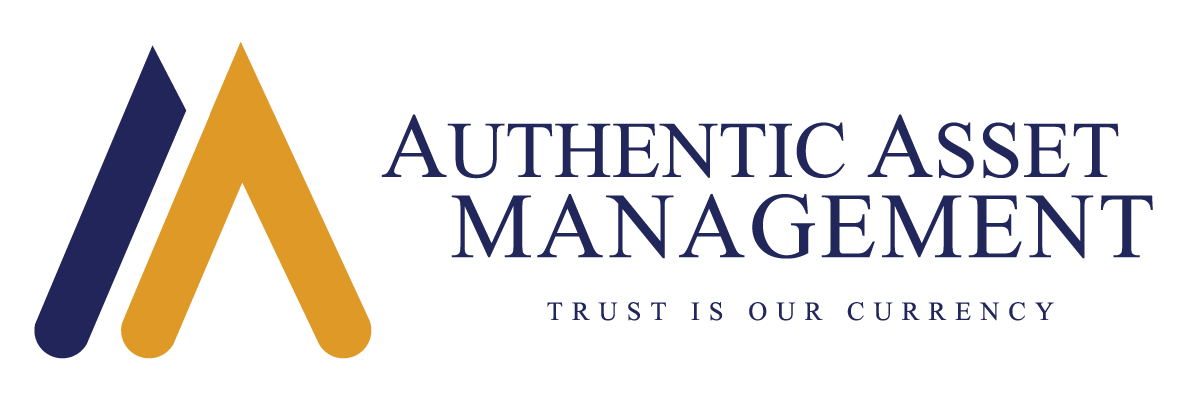Fed Chair Powell closed the loop on a more hawkish pivot that set in several months ago by affirming that rate hikes are coming, and they are coming in March. This was expected and based on futures pricing at the close yesterday the FOMC did little to alter the trajectory of expected tightening. That of course was the goal yesterday. It is a remarkable departure from how the market was pricing the Fed one year ago and for the Fed it is an affirmation that they are good at what they do. Now what happens, is everything priced in? The short answer is no. It is also the long answer.
The tone of the Powell press conference was clear – he is not concerned about economic growth, but he is very concerned about bulging inflation risks. Powell’s reference to the last tightening cycle in 2015 was illuminating as forward guidance. Relative to 2015, his view and “one shared by a majority at the Fed” is that growth today is much stronger, the labor market much tighter, and inflation risks much higher. These differences will guide a “different policy” in this cycle. In effect, the risk is that the FOMC delivers more, and balance sheet reduction will come “sooner and faster than last time.”
Not everything is priced in. Low interest rates and liquidity drove multiple expansion early in this cycle. Thus far real 10y interest rates have jumped 50lbps since January 1, but if past is prologue, that adjustment is far from complete. Global dollar liquidity continues to rise as the Fed expands their balance sheet, but that pace has been weakening and will post outright declines as balance sheet reduction approaches over $1 trillion in 2022 and 2023. As the US Treasury builds up cash balances that liquidity pinch may feel even more acute. QE was designed to loosen financial conditions, compress credit spreads, and push risk assets higher. Quantitative tightening and higher rates will have the opposite effect.
What is a reasonable multiple to pay for earnings in a strong economy? I don’t have that answer. But, if forward multiples in 2015 were 17, and over the last 10 years have averaged closer to 14, then one can see where the risks lie. Strong S&P 500 earnings at $230 in 2022 remains a likely outcome, and a good one at that. But at a multiple of 17 it is not hard to hard to see equity markets falling another 10%. Is it the end of the world? No. Is it something approaching normal? Yes. And the Fed wants to get to normal.
Powell affirmed what was priced in the market, but this doesn’t mean everything is priced in. To be sure, equity markets will eventually hit new highs. However, as growth slows in 2024 so too will earnings growth and as secular forces of aging demographics and weak productivity take root the pace of those gains will resemble nothing like what we have become accustomed to.
In this world, investors are well advised to seek greater diversification, and alternative sources of return in their portfolio.
#AuthenticAsset#portfoliomanagement#investment
For more Insights by Authentic, please visit: https://authenticasset.com/insights/

